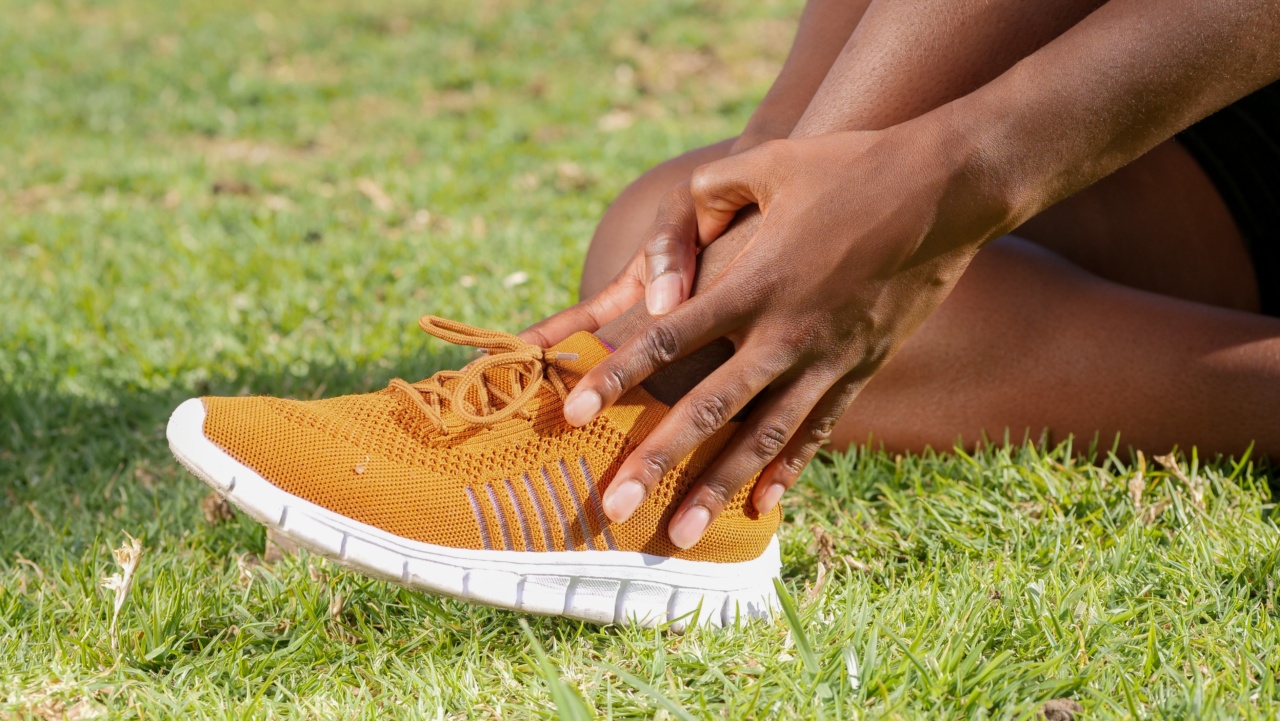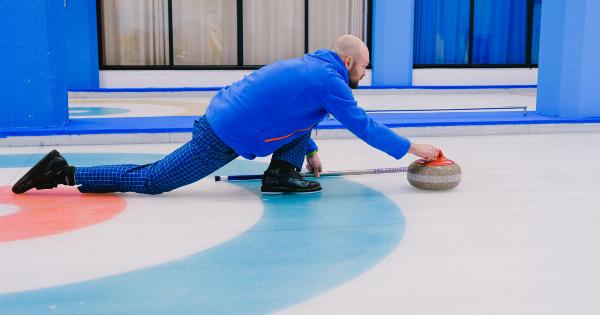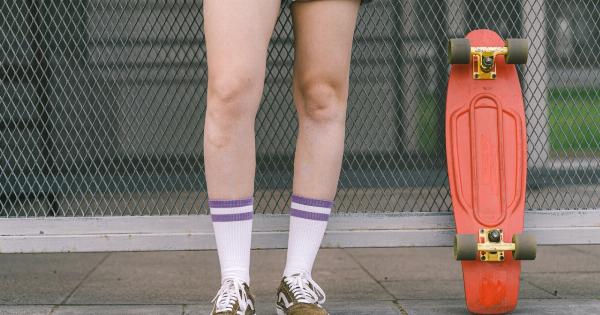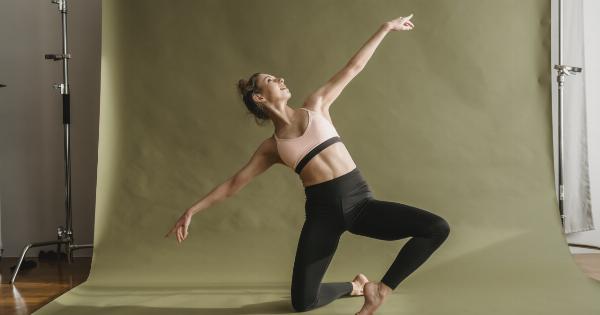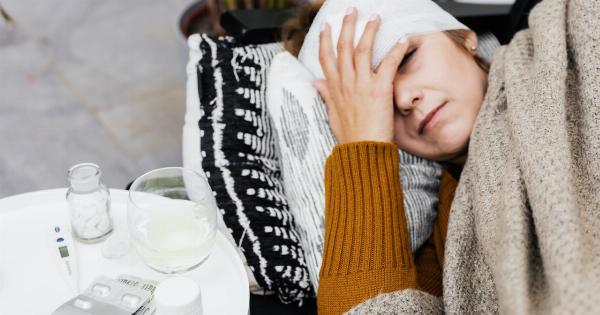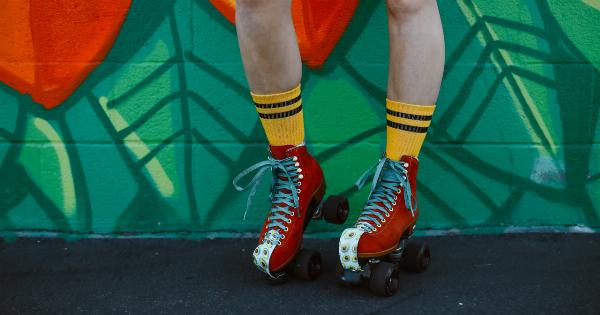Anyone who has experienced knee pain knows how debilitating it can be. Even simple tasks like walking or climbing stairs can become painful and difficult. While there are many potential causes for knee pain, one often overlooked factor is footwear.
Wearing the wrong shoes can exacerbate knee pain and lead to further problems down the line.
Understanding Knee Pain
Knee pain can occur for various reasons, including injury, overuse, arthritis, or medical conditions. It is essential to identify the underlying cause of your knee pain to determine the most appropriate treatment.
However, regardless of the cause, wearing the right shoes can significantly alleviate discomfort and provide necessary support for your knees.
Features to Look for in Shoes
When shopping for footwear to relieve knee pain, keep the following features in mind:.
1. Arch Support
Choosing shoes with good arch support is crucial for knee pain relief. Arch support helps distribute weight evenly across your feet, reducing stress on your knees.
Look for shoes with adequate arch support or consider using orthotic inserts for added support.
2. Cushioning
Proper cushioning is vital for shock absorption, reducing the impact on your knees. Shoes with ample cushioning provide a cushioned landing and prevent excessive jarring, especially during activities like running or jumping.
3. Stability
Stability is crucial to prevent your feet from rolling inward or outward as you walk or run. Shoes with firm heel counters and sturdy materials help maintain proper foot alignment and prevent unnecessary stress on your knees.
4. Flexibility
Although stability is essential, shoes should also allow for natural foot movement. Opt for shoes that offer flexibility at the forefoot, allowing you to push off the ground without straining your knees.
5. Low Heel
A low or moderate heel height is generally recommended for knee pain relief. High heels can throw off your body’s alignment, adding stress to your knees and exacerbating pain. Look for shoes with a heel height of one inch or lower.
6. Wide Toe Box
A wide toe box provides ample room for your toes to spread comfortably. This feature helps improve balance and stability, reducing strain on your knees. Avoid narrow or pointy shoes that may cramp your toes.
7. Lightweight
Choose lightweight shoes whenever possible as they place less strain on your knees. Heavy shoes can make your legs and knees work harder, leading to fatigue and discomfort.
8. Proper Sizing
Always ensure that your shoes are the correct size and fit. Ill-fitting shoes can cause rubbing, blisters, and discomfort. Visit a shoe store to have your feet measured and get professional guidance to find the right size.
9. Consider Your Specific Needs
Depending on your condition and activities, you may require additional features in your shoes. For example, individuals with arthritis may benefit from shoes with extra cushioning in the soles or adjustable straps for a customized fit.
Consult with a healthcare professional or podiatrist for personalized recommendations.
10. Regularly Replace Worn-Out Shoes
Over time, the cushioning and support in shoes degrade, diminishing their ability to relieve knee pain. It is essential to replace your shoes regularly, especially if you notice signs of wear and tear, such as flattened soles or worn out heels.
Incorporating Other Knee-Relief Measures
While wearing the right shoes can significantly alleviate knee pain, it is important to consider additional measures for comprehensive relief:.
1. Strengthening Exercises
Engage in specific knee-strengthening exercises recommended by a physiotherapist or healthcare professional. Strengthening the muscles around your knees can provide added support and stability.
2. Maintaining a Healthy Weight
Excess weight puts additional stress on your knees. By maintaining a healthy weight through proper nutrition and regular exercise, you can reduce the strain on your joints.
3. Avoiding High-Impact Activities
If you have knee pain, high-impact activities like running or jumping may worsen the pain. Choose low-impact exercises, such as swimming or cycling, to stay active without putting excessive strain on your knees.
4. Applying Hot/Cold Therapy
Applying a cold pack to your knees after physical activity can help reduce inflammation and relieve pain. Conversely, heat therapy can help relax muscles and increase blood flow, reducing stiffness and discomfort.
5. Rest and Recovery
Give your knees ample rest and recovery time, especially after engaging in activities that exacerbate the pain. Listen to your body’s signals and avoid overexertion.
Conclusion
Finding the right shoes for knee pain relief is vital for protecting your knees and maintaining an active lifestyle. Remember to prioritize arch support, cushioning, stability, and flexibility when selecting footwear.
Additionally, consider your specific needs and regularly replace worn-out shoes. By combining the right shoes with other knee-relief measures, such as exercises and weight management, you can effectively alleviate knee pain and increase your overall comfort and mobility.
